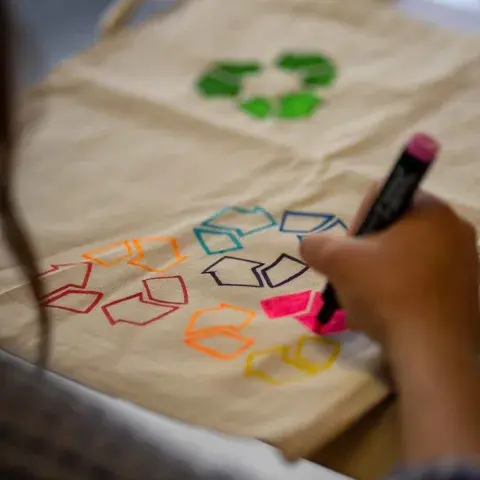
Who owns Sustainable Development Goals? The easy answer up until now has typically been Science and Economics. The former aims to monitor climate change and solutions to sustainability while preserving our lifestyle: the progress in renewable energy is a good example. The latter seeks to finance science and find new business models. But so far they have not been able to halt climate change or bring about lasting sustainability. In brief, both natural science and economics must reinvent themselves to be part of a new way of thinking.
This new way of thinking cannot happen on its own, and more and more it has become clear that the social sciences, the humanities and the natural sciences must work together to be effective. Arts, humanities and social sciences should have a seat in society’s new sustainable organizations, based on the fact that the human must be in the middle of our investigations and that Earth is finite, like its resources. Rather than focus on the tools we specific disciplines offer us, we should allow the problems to dictate the tools we use to understand and design solutions. Because if we do not understand this, the new scientific and economic models will not gain the widespread acceptance they deserve.
These are the underlining thoughts of the policy paper by Professors Christoph Kueffer and Caroline Wiedmer, Co-Directors of the Center for Environmental Justice and Sustainable Futures (CJSF) at Franklin University Switzerland. The paper is both a manifesto of the roles of humanities and social sciences in preserving the planet and of the need for universities like Franklin, with its liberal arts curriculum and its transdisciplinary, place-based pedagogy. The moral of the story is that the humanities and social sciences should become allies with the natural sciences for the greater good, rather than being mutually exclusive ways to describe the universe.

